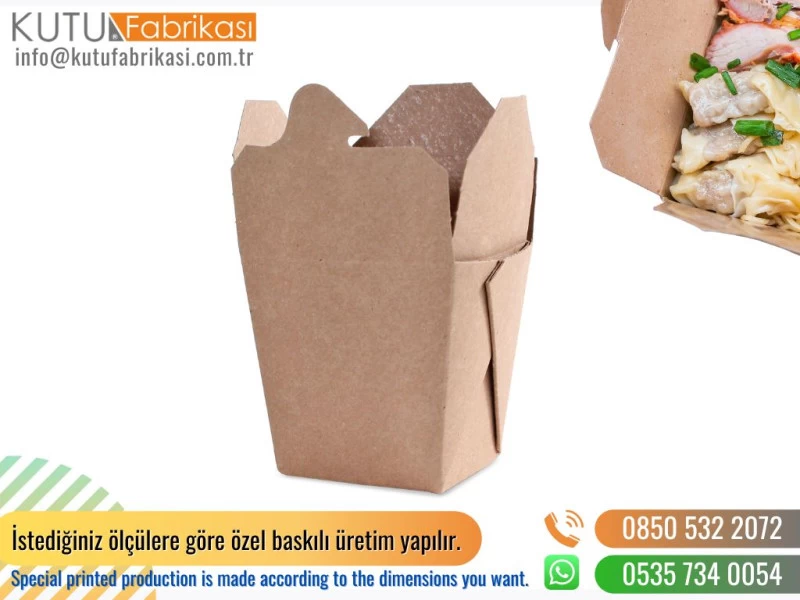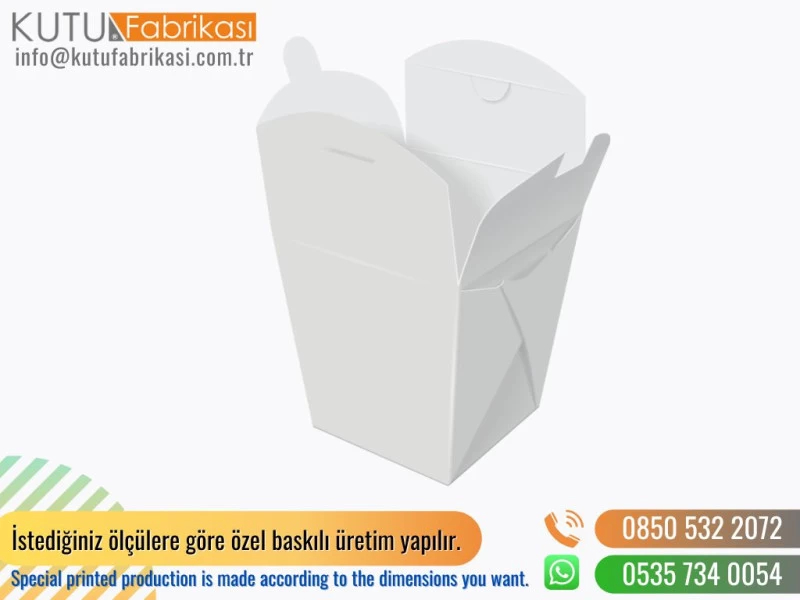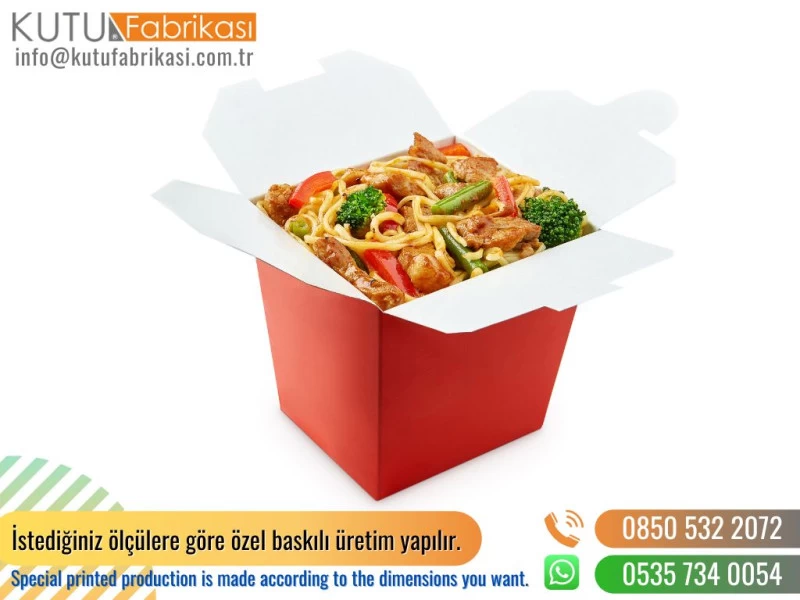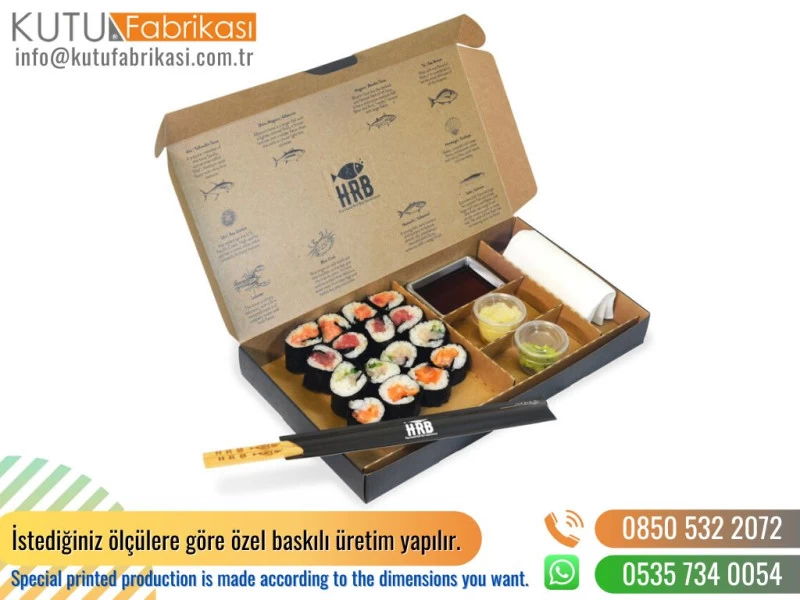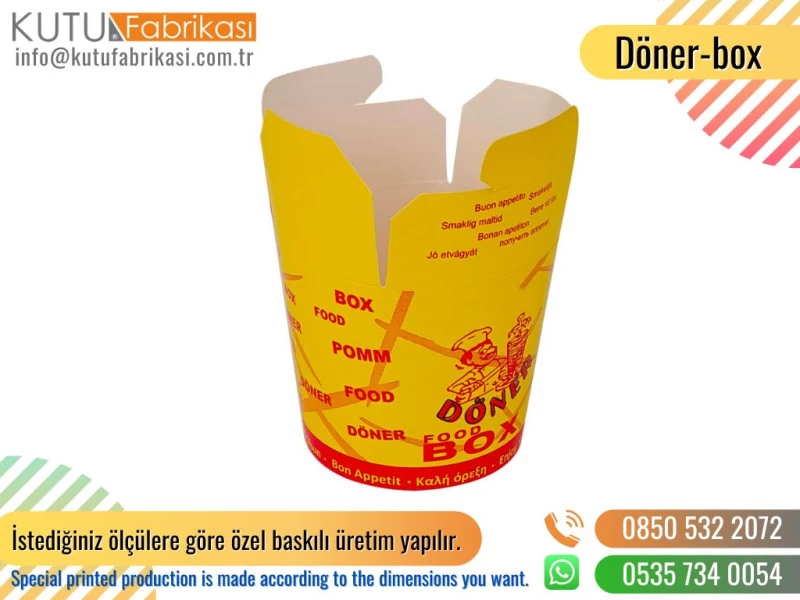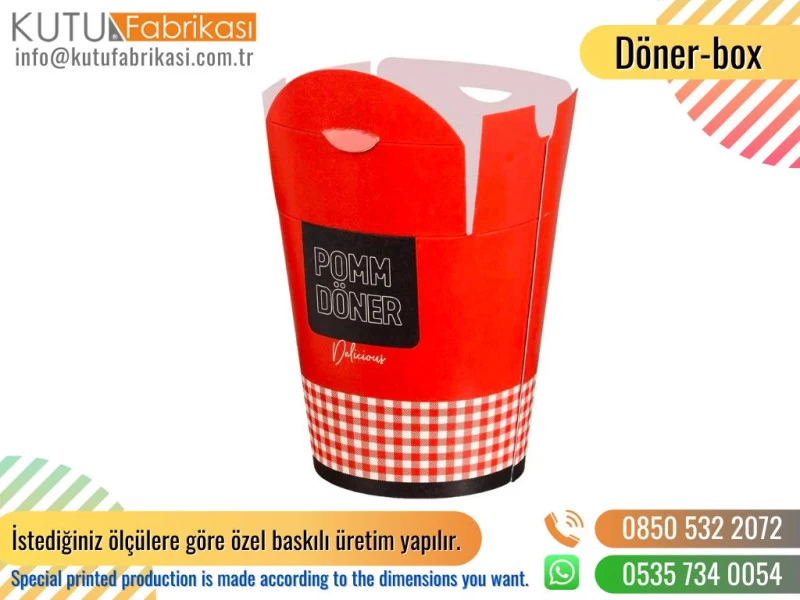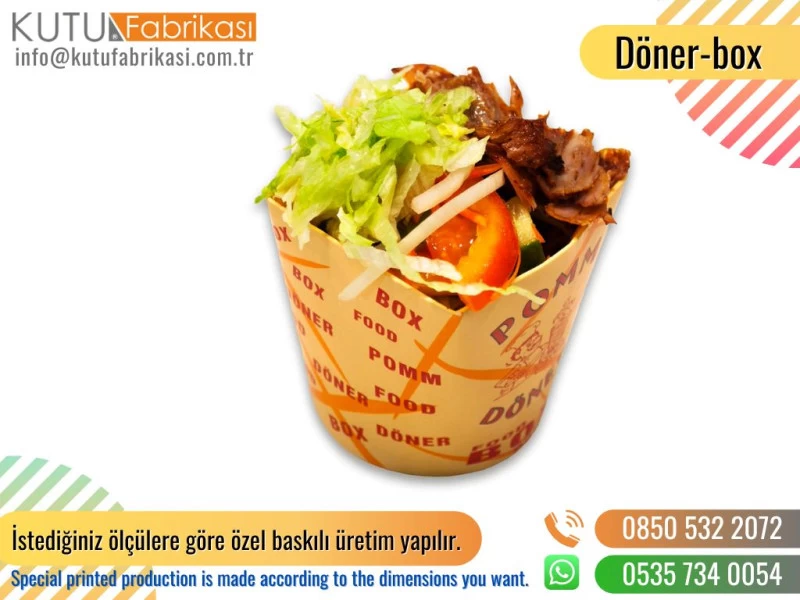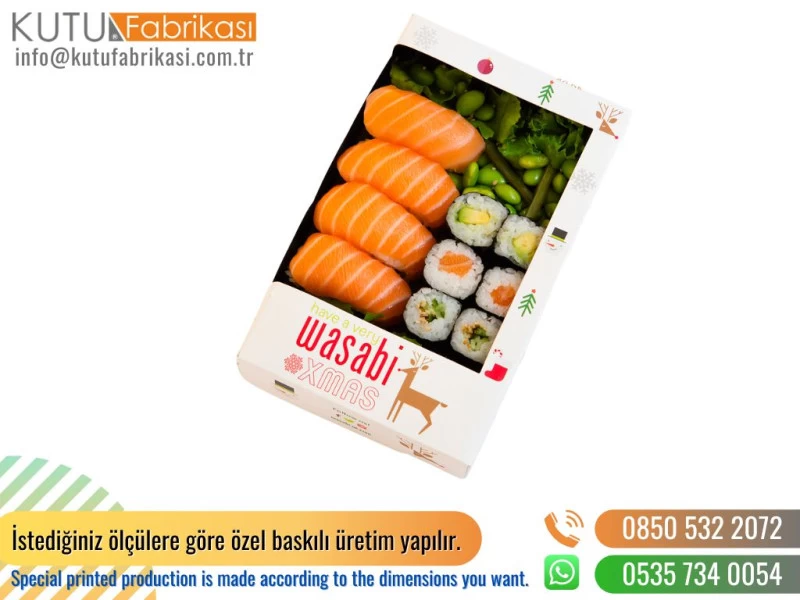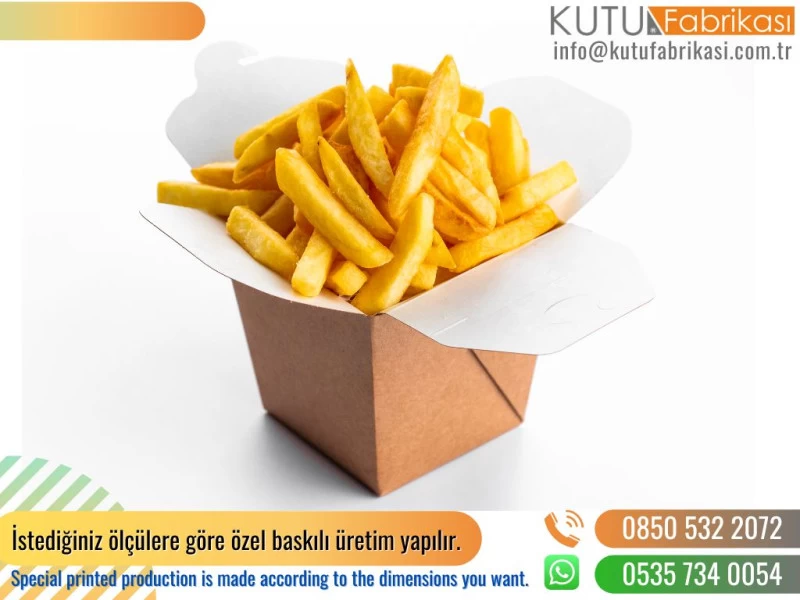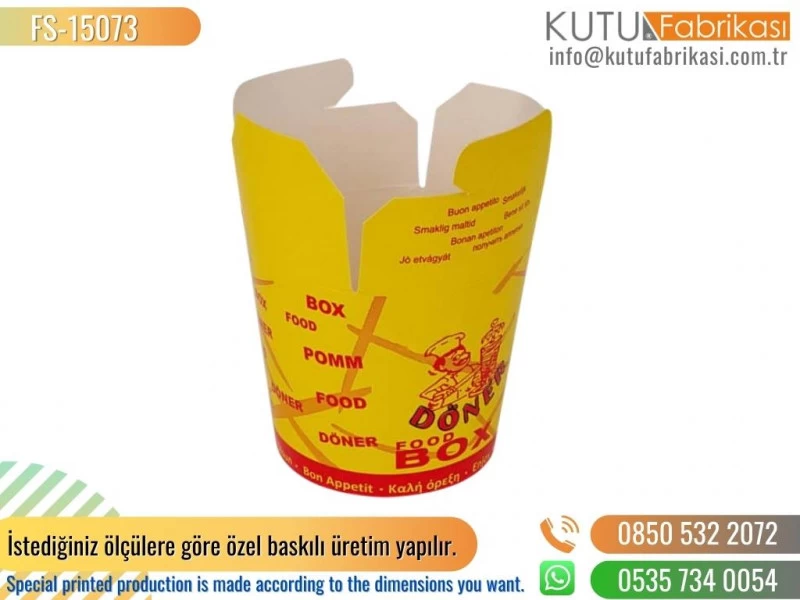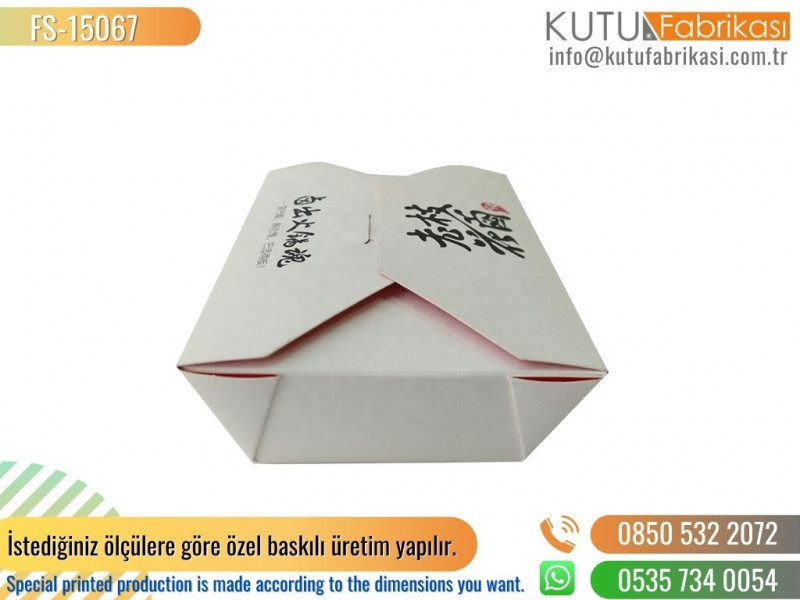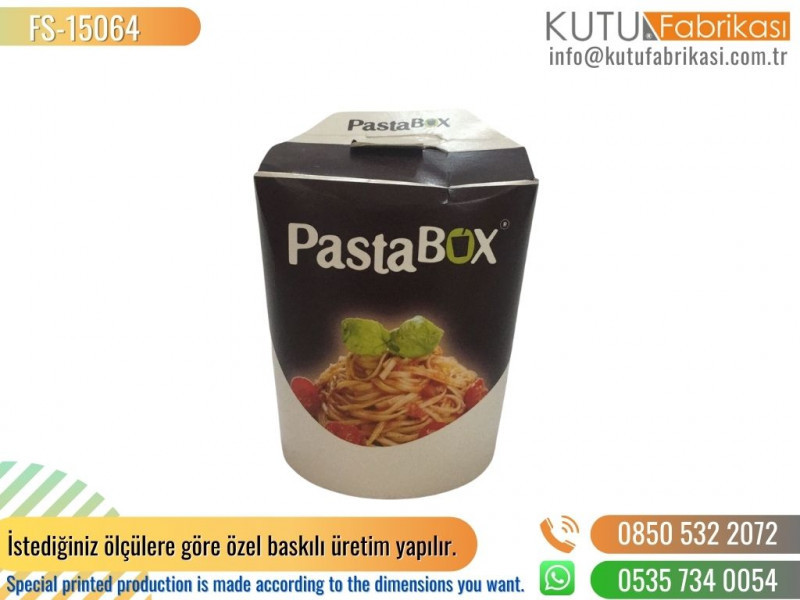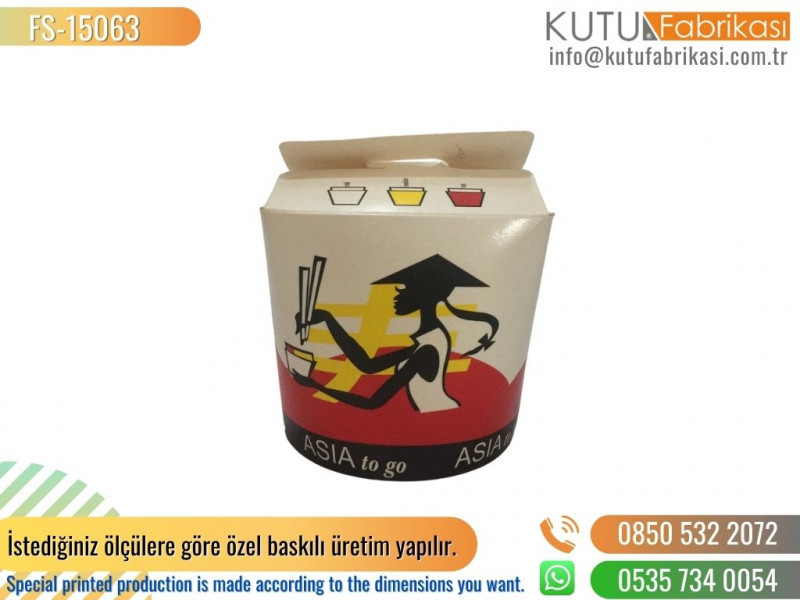Noodle Box (26)
Noodle, Sushi Box Manufacturer
The Innovative World of Noodle Box Manufacturing
As the food industry evolves, the demand for specialized packaging solutions rises, and noodle boxes have grown increasingly significant. Noodle box manufacturers have embraced a diverse array of materials, ranging from paper and cardboard to more durable options like plastic and PVC, to cater to varying customer preferences. The perfect noodle box not only secures the food within but also amplifies the dining experience right from the first glance.
- Diverse Material Selection for Personalized Branding
- Enhanced Food Preservation and Protection
- Eco-Friendly Options for the Environmentally Conscious
- Customizable Features for Unique Unboxing Experiences
Choosing the Right Material for Noodle Boxes
When selecting the ideal material for noodle boxes, one must consider the environmental impact, durability, and the overall customer unboxing experience. Would a biodegradable paper box align with your sustainability goals, or does the durability of plastic offer the kind of longevity your noodles need for delivery?
Custom Design and Branding in Noodle Box Production
Customization plays a pivotal role in noodle box manufacturing. It enables brands to tell their story through design and makes the noodle box stand out. Custom branding involving company logos and specific color themes immediately makes your product recognizable, transforming the noodle box into a powerful marketing tool.
Addressing Common Inquiries About Noodle Box Manufacturing
How do material choices affect the shelf life of noodles?
Material such as insulated cardboard can help maintain the temperature of noodles, ensuring they stay fresh during delivery.
Can noodle boxes be designed to reflect the brand identity effectively?
By leveraging printing technologies, manufacturers can create visually appealing noodle boxes that serve as an extension of the brand identity.
What eco-friendly options are available for noodle box manufacturing?
Options like recycled paper and biodegradable materials are popular for businesses looking to reduce their ecological footprint.
Are there innovative features that can be incorporated into noodle box designs?
Noodle boxes can be equipped with features such as easy-open flaps, vents for steam release, and compartments for sauces and utensils.
The Future of Noodle Box Manufacturing
As we look ahead, smart packaging is becoming a trendsetter in the noodle box industry. With advancements like edible ink QR codes, customers can scan their boxes to access a digital menu, place orders, or register for loyalty programs.
In your opinion, how important is it for a noodle box to be both environmentally sustainable and functionally superior? Gone are the days of one-size-fits-all packaging; today’s marketplace demands noodle boxes that can offer both convenience and a reflection of brand values. As manufacturers strive to meet these needs, they continuously innovate to provide packaging solutions that not only safeguard the product but also cherish the planet.
2. Traditional sushi usually includes seafood such as tuna, squid, eel, shrimp, and crayfish, but may also include other ingredients such as eggs, avocado, seaweed, cucumber, and fermented soybeans (natto).
3. Sushi is served with soy sauce, wasabi and/or pickled ginger.
4. Sushi can be served as nigiri (raw or cooked seafood served over rice), maki (rolled sushi), or temaki (hand roll sushi).
5. Sushi can be served raw, cooked or even fried.
6. Sushi is sometimes accompanied by other dishes for a full meal.




